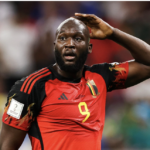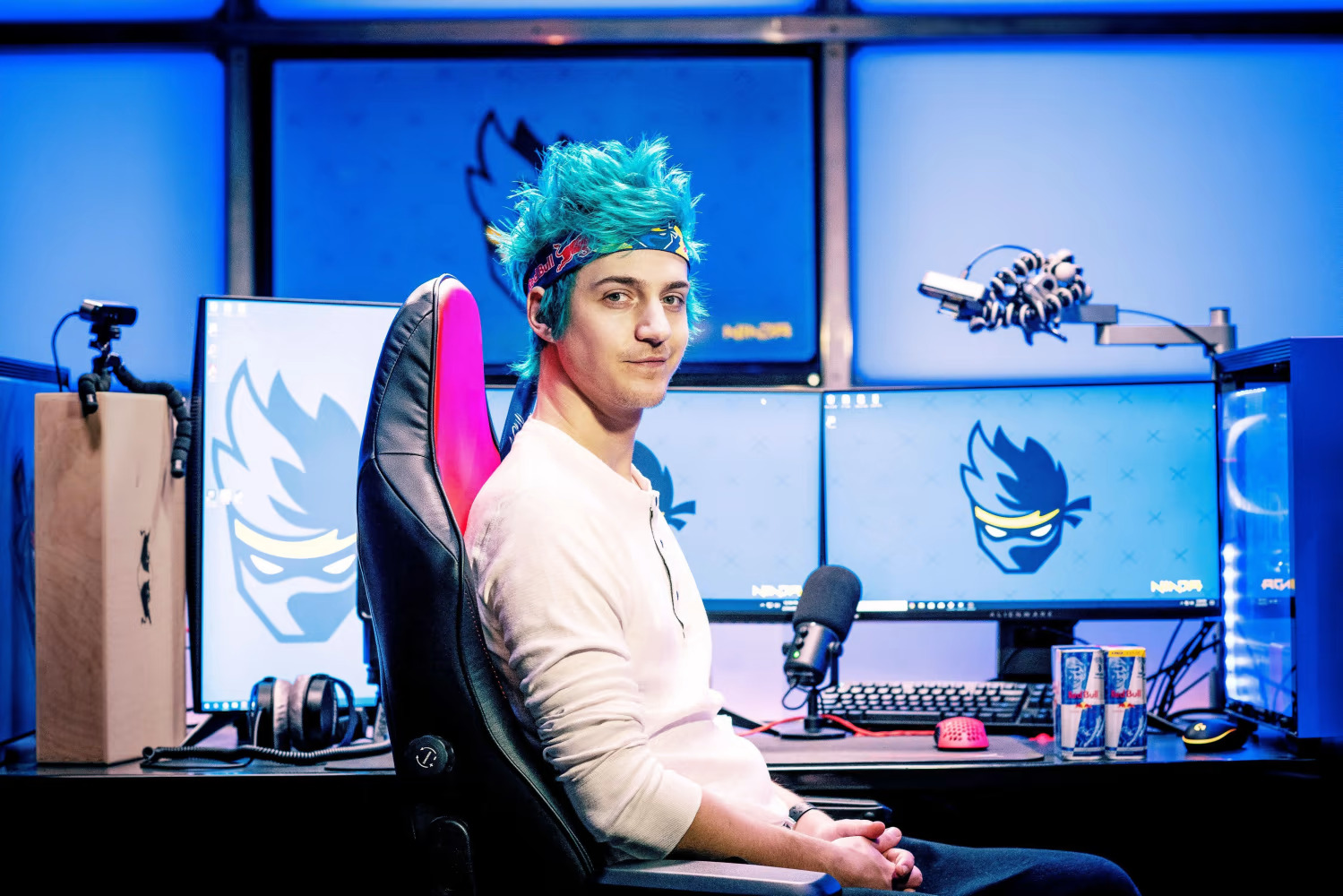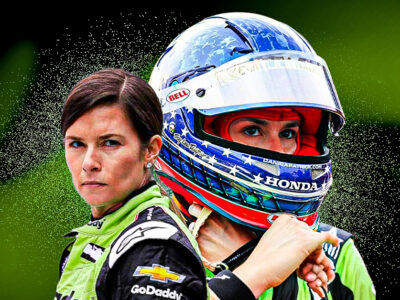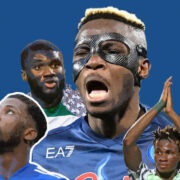Football in the 1980s was ruled by strongmen who earned their keep through diving into crunching tackles and roughing up attackers.
Vinnie Jones and Wimbledon FC were the perfect embodiment of this era of football. Their squad of borderline “degenerates” — known colloquially as the “Crazy Gang” — managed to make it to the 1988 FA Cup final against Liverpool.
The heavily favored Reds were several classes above the Crazy Gang in every facet of the game. But when Lawrie Sanchez opened the scoring for Wimbledon FC, the entire football world finally started paying attention.
As the motley crew of footballers took to the field at Wembley to play the freshly-minted Division One champion Liverpool, most football fans and pundits expected this particular FA Cup final to be a one-sided affair.
This is the story of the Crazy Gang of Wimbledon FC and how they shocked the world.
Who were the Crazy Gang?
The Crazy Gang refers to the Wimbledon FC team of the late 80s, who gained a reputation for machismo and borderline criminality in the English First Division.
From crazy initiations behind the curtains to a brutish playing ethos on the field, Wimbledon FC players created an atmosphere that shoved the middle finger at the English football establishment.
And by the establishment, I am not talking about sophisticated patterns of play like gegenpressing, tiki-taka, or total football. I am referring to the old 4-4-2 with wide wingers. The crazy Dons adopted a playing style similar to what we now know as the “Route 1” football, with a blend of Simeone’s Atletico.
Word on the street reported how this “bunch of misfits” was taking the First Division by storm. Their rugged playing style saw them exchanging literal and metaphorical blows with the best teams in the league.
In the media, the snobbery against that Crazy Gang Wimbledon team was palpable. Pundits criticized the Dons, going as far as referring to their tactics as dirty and unsportsmanlike.
TV Host Gary Lineker even dropped the famous line: “The best way to watch Wimbledon is on Ceefax”.
I see ceefax has finally been put to rest. How on earth can we watch Wimbledon now?
— Gary Lineker (@GaryLineker) October 23, 2012
But they weren’t always known as the Crazy Gang. The name came to life when matchday commentator John Motson proclaimed: “The Crazy Gang has beaten the Culture Club!”
Notable Crazy Gang members
Vinnie “The Butcher” Jones is the most famous and recognizable member of the Crazy Gang. Standing at 6’1’’, Vinnie Jones was a brilliant midfielder with a burly physique that accompanied his menacing shouts and murderous stare.
Liverpool’s John Barnes spoke of how John “Fash” Fashanu would stand at the center circle, executing kickboxing moves right before kickoff. It was a sight every football fan loved to see — unless they supported the opposition team.
After successive promotions, the club’s hierarchy began recruiting physical players who suited the Wimbledon Crazy Gang playing style.
Vinnie Jones joined the team from Wealdstone for £10,000. Lawrie Sanchez came from Reading for £30,000, while John Fashanu became the club’s record signing for £125,000.
These three players formed the core of the dysfunctional orchestra, laying the groundwork for the most successful period in the club’s history in the years to come.
Other players like Denis Wise and Lawrie Sanchez both fluently combined their machismo off the ball with guile on the ball.
The Crazy Gang’s Playing Style
Wally Downes often yelled the infamous words, “Put it in the mixer!” — a signal to go direct with a long ball and take out any opponent who dared challenge for the ball in an aerial duel.
As you can expect, this style of play saw these players get into the referee’s books frequently. Vinnie Jones, for instance, is on the list of the top ten players who have received red cards in their careers. He even received a yellow card only five seconds into the match against Manchester City in 1991 during his time with Sheffield United.
And of course, there is the infamous “crotch grab” incident against Newcastle FC’s Paul Gascoigne. The sheer brazenness of the incident drew public ire, especially from the puritans, and they called for a crackdown against the Crazy Gang members.

“It was meant as an insult, so I just grabbed him by the you-know-whats and it was spot-on. There was no messing. It was straight on the button and I didn’t let go.”
The club’s culture was designed to make a “proper man” out of its players. The manager, David Thomas Bassett, would often demand the players eat a dozen sheep’s testicles or sit through a long, boring opera if they lost a game by four goals. In fact, these rules were in the contracts the players signed upon joining the club.
How the Crazy Gang Conquered English Football
Before the Crazy Gang became a force to reckon with, Wimbledon FC was just another team playing non-league football. After joining the Football League ahead of Workington in the 1970s, things began changing.
At first, the team tried to play beautiful football, but that didn’t bring the expected results. The boys kept having topsy-turvy seasons, often battling relegation.
By the 1982/83 season, David Bassett introduced a sweeper center-back to clear loose balls whenever an opponent got beyond the defense. This shift from the man-marking style was more direct and helped the team play faster in transition.
Bassett also placed an ultimatum of 18 shots or more each game, which saw the team end the season as Fourth Division leaders, solidifying the team’s belief in the manager’s tactics.
The FA Cup Final Victory
The 107th edition of the FA Cup final in 1988, played between Wimbledon FC and Liverpool FC, is considered one of the biggest upsets in the competition’s history. The Crazy Gang were considered heavy underdogs going into the match against perennial achievers from Merseyside.
Just as advertised, the “game between good and evil” was physical and intense, with both teams playing at a high tempo right from kick-off. The Crazy Gang disrupted Liverpool’s rhythm with an unorthodox hard press, forcing them to launch hopeful long balls to the forwards.
Despite being the better team, Liverpool was unable to convert their chances. They even had a goal disallowed. But in the 37th minute, Lawrie Sanchez sent shock waves from Wembley to the entire nation when he flicked on a corner kick from Denis Wise.
Liverpool tried to push forward in search of an equalizer, but Wimbledon’s defense held firm for the remaining minutes. Dave Beasant even saved John Aldridge’s penalty kick to protect the Dons’ lead.
In the end, Wimbledon’s fighting spirit and determination helped them to secure one of the biggest upsets in the history of the FA Cup final. This victory typified the romanticism of the FA Cup. And for one evening, the country rejoiced because evil had prevailed over good.
The Aftermath of the FA Cup
After the final, the narrative around the Crazy Gang began to change. The press and commentators started to credit the team for their tenacity, determination, and team spirit.
But like every underdog story, the fairy tale ends eventually. Winning the FA Cup propelled many of the players into the limelight. Then came the fame, the sponsorship deals, and lucrative contracts from bigger clubs.
Many of the members of the Crazy Gang went on to have successful careers in coaching, management, and other areas of the football industry.
- Vinnie Jones went on to have a successful career as an actor. He has appeared in several movies and TV shows, including the film Lock, Stock and Two Smoking Barrels and the TV series Galavant.
- Lawrie Sanchez coached teams like Fulham and Wycombe Wanderers. He led the latter to an FA Cup semi-final in 2001.
- John Fashanu became a successful businessman, television presenter, and commentator. He also tried his luck in politics, running for the Nigerian Football Association chairman, but he lost to Ibrahim Galadima.
- Dave Beasant enjoyed a successful career as a coach at Chelsea, Nottingham Forest, and Stevenage Borough.
- Denis Wise joined Chelsea Football Club and became the club’s second most successful captain.
Other members of the Crazy Gang went on to have successful careers in different areas, such as media, coaching, and business. Although the team is no longer active, the legacy of the Crazy Gang lives on, and they are still remembered as one of the most iconic teams in the history of English football.
The End of the Crazy Gang
Even though Wimbledon FC moved on from the Crazy Gang, the club never reached similar heights. They managed to play in the Intertoto Cup before getting banned from European competitions for fielding an understrength side.
And it all went downhill from there. In 2000, the club got relegated from the Premier League. After struggling to find a new home, the club made the unpopular decision to move to Milton Keynes.

This decision angered supporters, who revolted by forming AFC Wimbledon in 2003. That same year, Wimbledon FC went into administration and changed its name to Milton Keynes Dons (MK Dons).
By 2004, Wimbledon FC was no more. All that is left are glorious tales of the dysfunctional disco of outsiders — the Crazy Gang.









































